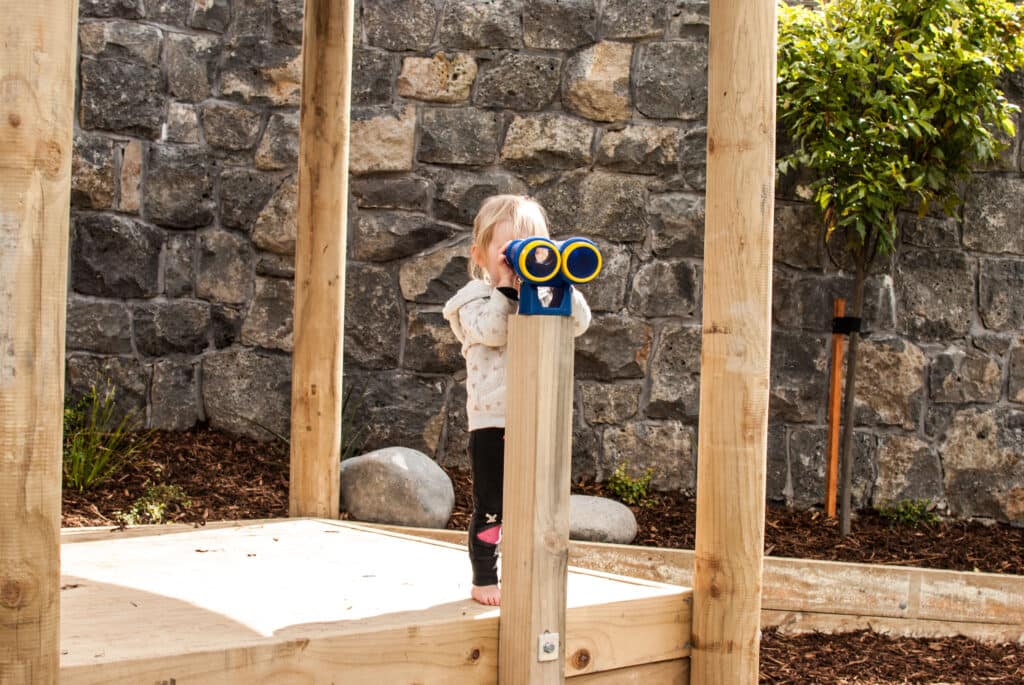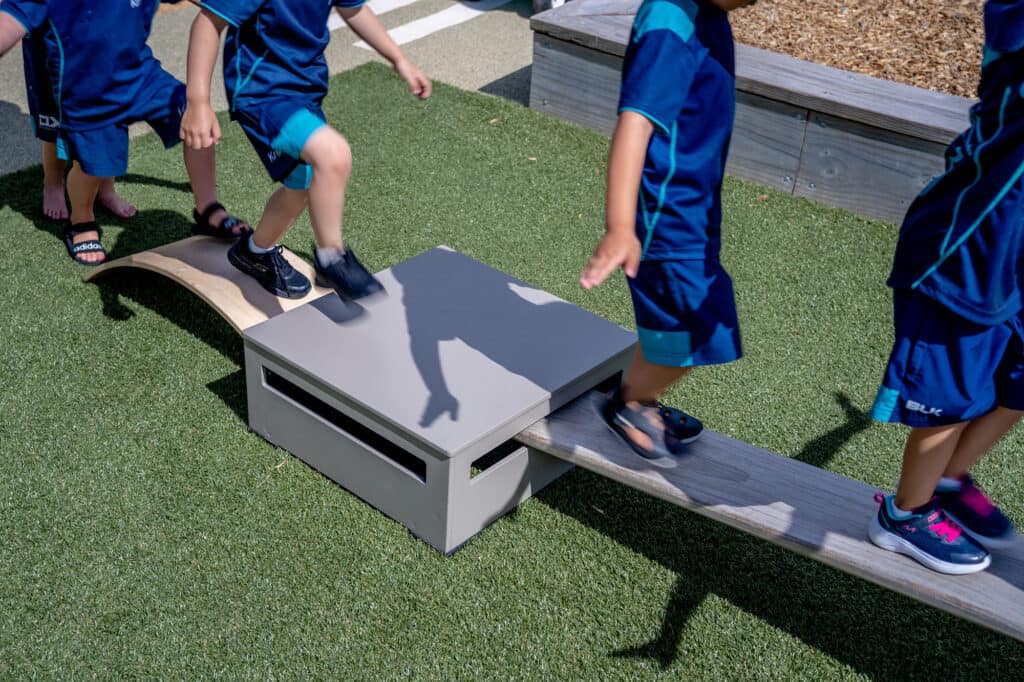When you think of a playground, chances are you visualise children laughing, going all over, and having a blast. But have you ever stopped to consider what’s happening beneath the surface of that fun and excitement? The truth is that play is a powerful tool in early childhood development, and your playground can be a pivotal space for nurturing essential life skills.
The Foundation of Early Childhood Development
The act of play goes far beyond mere entertainment. It’s a child’s first exposure to the world of learning, and it’s happening on the swings, slides, and sandboxes.
- Cognitive Growth: Ever noticed a child repeatedly pouring sand through a funnel? They are learning about cause and effect. Play encourages exploration, curiosity, and creativity. Renowned psychologist Jean Piaget showed how play is crucial for cognitive development, allowing children to understand their world during early childhood development.
- Physical Development: Those climbing frames and monkey bars? They’re not just there for fun. They are instrumental in developing early childhood motor skills, coordination, and physical strength.
- Social Skills: Structured play, like organised games with rules, lays the foundation for social development. It teaches cooperation, empathy, and communication.
- Emotional Well-being: Unstructured play fosters independence, self-confidence, and emotional resilience. The joy in a child’s eyes, when they swing higher or build something from their imagination is evidence of this growth.
Your Playground: A Space for Growth
So how can a playground be the perfect nurturing environment for these essential life skills in early childhood development?
- Inclusive Design: Playgrounds should be a space for every child. Consider ramps instead of stairs, sensory-rich equipment, and adaptable swings. A more inclusive design makes play available to everyone, supporting children with various abilities.
- Age-Appropriate Equipment: Different developmental stages require different challenges. Soft surfaces for toddlers, more complex climbing structures for older children, and interactive panels that stimulate learning can be key features in your playground.
- Nature Play: Natural elements like sand, water, or wooden structures look appealing, encourage creativity, and connect children with nature. Studies like those by Fjørtoft (2001) underscore the importance of natural landscapes in child development.
- Safety First: A well-designed playground combines safety with fun. Features like wet-pour rubber surfaces and well-spaced equipment ensure the adventure continues without unnecessary risks.
- Inspiring Creativity: How about a maze for problem-solving or musical instruments for artistic expression? Including diverse elements can cater to various interests and learning styles, sparking creativity and innovation.

The Science Behind Play
Research by Frost and Klein (1979) emphasises age-appropriate design, safety, and variety in playground equipment to stimulate different areas of development. Studies by Dr Peter Gray link the decline in children’s play opportunities with increased stress and mental health issues during early childhood development. Your playground is not merely an area for leisure; it’s a science-backed medium for growth and development.
Future Playground Trends for Early Childhood Development
Play is ever-evolving, and your playground can pioneer these changes. Interactive technology, integrating learning with entertainment, is a future trend. Weather-resistant touch panels with educational games can be a great addition. Combining traditional equipment with innovative technology ensures a well-rounded play experience. In early childhood development, technology, if used correctly, can stimulate children to learn more, to have fun. Interactive play on indoor playgrounds are great choices to teach the young ones through technology.
Community Impact
Your playground can impact not just individual children but the entire community. It’s a space for families to bond, neighbours to connect, and friendships to blossom. Building a playground that fosters such connections enhances the social fabric of your community.
For children, it’s where they learn to socialise, face challenges, and overcome them. In this sense, playgrounds can and are meant to be these areas.

Your Role in a Child’s World
Whether you are a parent, an educator, or someone passionate about community growth, the role of a playground in shaping futures, nurturing dreams, and creating an environment where learning and play intertwine is paramount.
Every slide, swing, and climbing frame is an opportunity for a child to learn, grow, and explore. It’s where potential blooms, dreams take flight, and the future begins. When you design a playground, you’re not just crafting a place for children to play; you’re sculpting an environment for them to thrive.
So, the next time you witness the simple joy of children laughing on a slide or the determined focus of a young climber, know that something far more profound is happening. With each laugh, each step, and each leap, you’re contributing to a foundation that will last a lifetime.
Ready to make a difference in children’s life? Reach out to us on 0800 000 334 or book a site visit here.